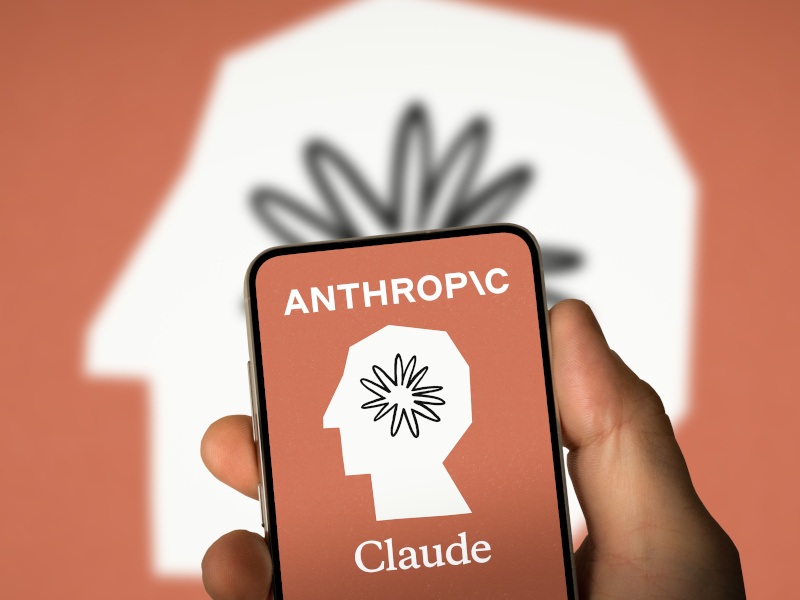A new study examining the diets of early humans suggests that the popular “palaeo” diet might not be an accurate representation of what ancient hunter-gatherers ate.
In fact, finds the study, ancient humans did enjoy carbs.
The palaeo diet is one of the most popular eating trends around the world. Advocates say it’s about consuming foods in a way that our early human ancestors did before the development of agriculture and industry about 12,000 years ago. The diet’s emphasis is on lean animal protein, fruits, vegetables, nuts and seeds.
It doesn’t include foods like grains, legumes and dairy.
While there may be helpful messages about eating fresh fruit and veg, some claims don’t stand up to scrutiny according to the new study, published in the Proceedings of the National Academy of Sciences.
The research is based on archaeological finds at the Gesher Benot Ya’aqov site on the banks of the Jordan River in the Middle East.
Among the finds from the site is the discovery of starch grains approximately 780,000 years old. The grains were found on the surface of basalt tools used by the ancient humans.
“Despite their potential implications for hominin diet, cognition, and behaviour, only rarely have plants been considered as drivers of human evolution, in part because they are less archaeologically visible,” the authors write.
Among the starch grains found are acorns, grass grains, water chestnuts, yellow water lily rhizomes, and legume seeds.
“This discovery underscores the importance of plant foods in the evolution of our ancestors,” says first author Hadar Ahituv who completed the research as part of his doctoral thesis at Bar-Ilan University in Israel. He is now at Haifa University’s Zinman Institute of Archaeology.
“We now understand that early hominids gathered a wide variety of plants year-round, which they processed using tools made from basalt. This discovery opens a new chapter in the study of early human diets and their profound connection to plant-based foods.”
The findings also indicate a high level of cooperation and social structure needed to collect and process the plants. The hominins, “repeatedly occupied the lakeshore, had a comprehensive knowledge of their environment, and consumed various plant and animal resources”, the researchers write.
Previous studies from the same site have revealed the earliest evidence of cooking.








Leave a Comment